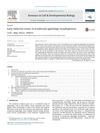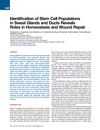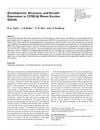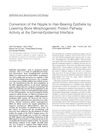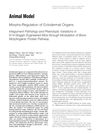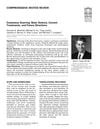A Transient Dermal Niche and Dual Epidermal Programs Underlie Sweat Gland Development
April 2023
in “
bioRxiv (Cold Spring Harbor Laboratory)
”
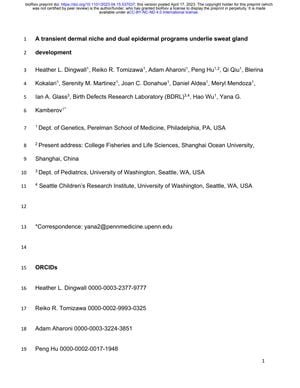
TLDR Sweat gland development involves two unique skin cell programs and a temporary skin environment.
This study investigates the specialization of epidermal progenitors in forming eccrine glands, which are crucial for human thermoregulation. Using single nucleus transcriptomics, the researchers compared the gene expression in normal mouse skin with that in mice lacking the Engrailed 1 (En1) transcription factor, which is important for eccrine gland development. They discovered two distinct epidermal gene expression programs in the early stages of eccrine gland formation: a predominant program shared with hair follicles and a less common, En1-dependent program specific to eccrine glands. The study also revealed that eccrine gland differentiation requires a temporary and unique dermal niche that forms around each developing gland in both humans and mice. These findings help define the transcriptional elements essential for eccrine gland development and may lead to strategies for regenerating eccrine glands as part of skin repair therapies.

